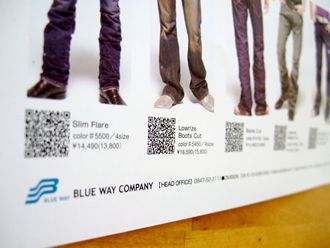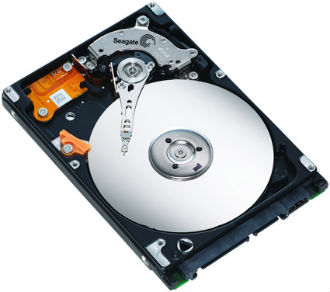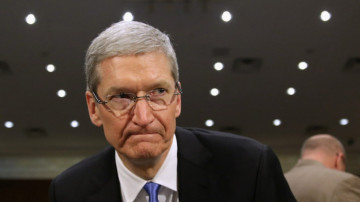 A team of optical engineers from the University of Connecticut has managed to securely display three dimension QR (Quick Response) images without accessing the internet. There’s those little boxes you can see in this illustration.
A team of optical engineers from the University of Connecticut has managed to securely display three dimension QR (Quick Response) images without accessing the internet. There’s those little boxes you can see in this illustration.
The researchers added an array of small lenses to an ordinary smartphone and believe that the data storage and display scheme could transform personal 3D entertainment and offer secure 3D storage and transmission.
Lead researcher Bahram Javidi said that the method lets encrypted 3D info to be securely displayed on mobile devices. He said: “The QR codes we developed store compressed and encrypted images which can be easily scanned, decrypted and decompressed by commercial smartphones.”
In developing the system, the researchers said that if links to websites are stored in the QR code, a smartphone auto links to the website but it may continue malware. Javidi said that the team store self contained slices of data in the QR codes themselves, so cutting out the need to access the internet.
But the system is not yet commercially available but it won’t be long before it is, Javidi said.


















